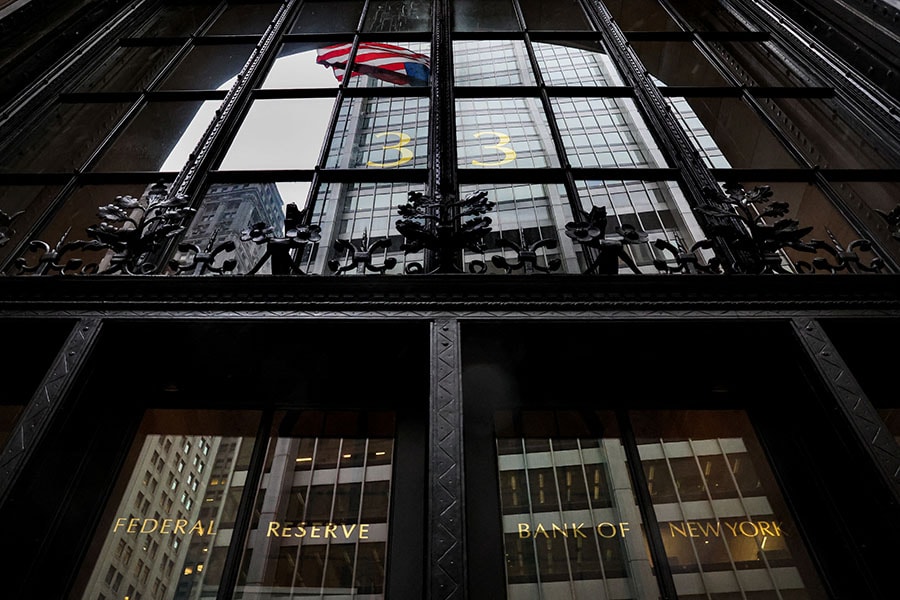
Federal Reserve and Central Banks Take Action to Ensure Dollar Flow Amid Banking Crises
The board announced a strategy to strengthen liquidity conditions by utilising "swap lines," which involve two central banks exchanging currencies
 Image: Brendan McDermid / Reuters
Image: Brendan McDermid / Reuters
The Federal Reserve of the United States, along with five other central banks, has revealed a joint initiative to ensure the continuous flow of the U.S. dollar due to several banking crises in both the U.S. and Europe.
This announcement was made on March 19th, shortly after Swiss-based Credit Suisse was acquired by UBS for $3.25 billion in an emergency measure led by Swiss regulators to safeguard the stability of the nation's finances.
The board announced a strategy to strengthen liquidity conditions by utilising "swap lines," which involve two central banks exchanging currencies. This approach was previously utilised by the Federal Reserve as an emergency measure during the global financial crisis of 2007-2008 and in response to the COVID-19 pandemic in 2020.
These swap lines were established by the Federal Reserve to increase the availability of dollar funding in challenging economic circumstances. To enhance the effectiveness of the swap lines in providing U.S. dollar funding, the central banks involved have agreed to increase the frequency of seven-day maturity operations from weekly to daily.
Starting from March 20th and lasting until at least April 30th, the network of swap lines will comprise the Bank of Canada, Bank of England, Bank of Japan, European Central Bank, and the Swiss National Bank.





